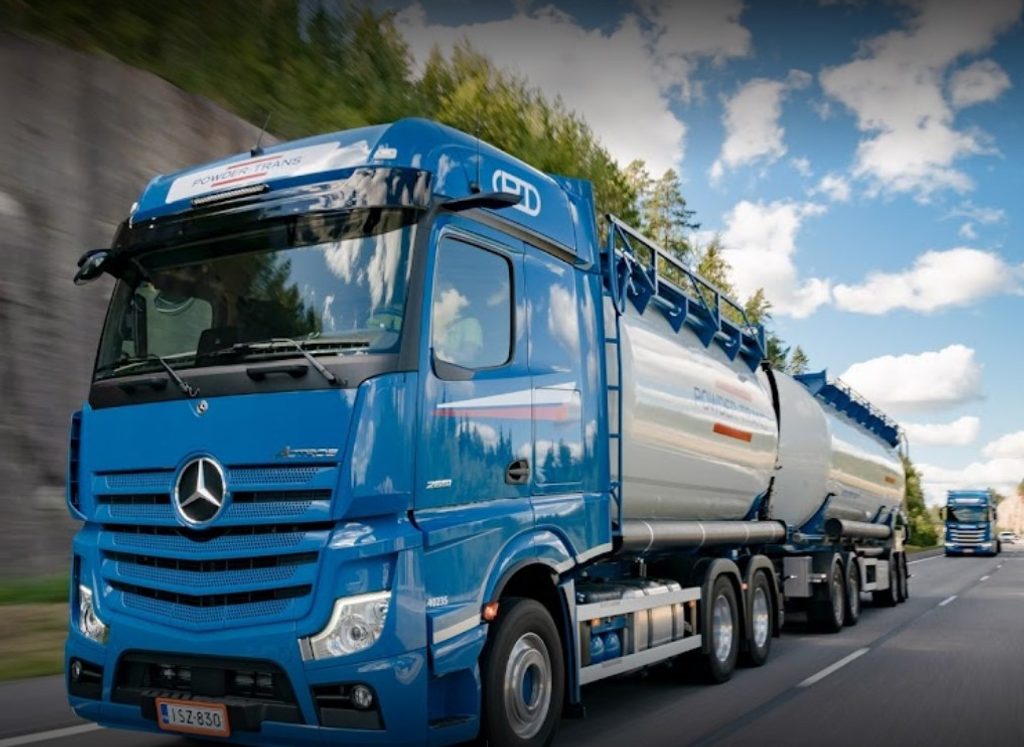
The regulations in place for the transport of dangerous goods which are primarily governed by the European Agreement Concerning the International Carriage of Dangerous Goods by Road (ADR) and the European Agreement Concerning the International Carriage of Dangerous Goods by Inland Waterways (ADN).
ADR
- The ADR is the EU’s main regulation for the transport of dangerous goods by road. It establishes the classification, packaging, labeling, and documentation requirements for the transport of dangerous goods by road, as well as the training and qualifications required for personnel involved in the transport of these materials.
- The abbreviation ADR stands for the “European Agreement concerning the International Carriage of Dangerous Goods by Road” and refers to the French “Accord Européen Relatif au Transport international des marchandises dangereuses par route”. The ADR comprises regulations for road transport with regard to packaging, load securing, classification and labelling of dangerous goods. They were first adopted in Geneva in 1957. Today, all EU members are also signatories to the ADR. The ADR became effective through implementation in the respective national law.
- The ADR serves the safety in road traffic and requires the trained handling of dangerous goods. Drivers of dangerous goods transports must have a dangerous goods driving licence, an ADR certificate. In order to obtain the ADR certificate, a training course and subsequent passing of a theoretical examination is required. In addition, the ADR certificate must be renewed every five years with refresher training and examination.
ADN
- The ADN is the EU’s main regulation for the transport of dangerous goods by inland waterways. It establishes the classification, packaging, labeling, and documentation requirements for the transport of dangerous goods by inland waterways, as well as the training and qualifications required for personnel involved in the transport of these materials.
RID
- The Regulation concerning the International Carriage of Dangerous Goods by Rail (RID) applies to rail transport within the EU. It is similar to ADR and ADN in terms of classification, packaging, labeling, and documentation requirements.
IMDG Code
- The International Maritime Dangerous Goods (IMDG) Code also applies to sea transport within EU waters.
ADR, ADN, RID and IMDG Code are based on the UN Recommendations on the Transport of Dangerous Goods and they need to be implemented in EU member states.
AddSecure offers a comprehensive suite of fleet- and transport management solutions for the transport of dangerous goods. Contact us for a demo today!